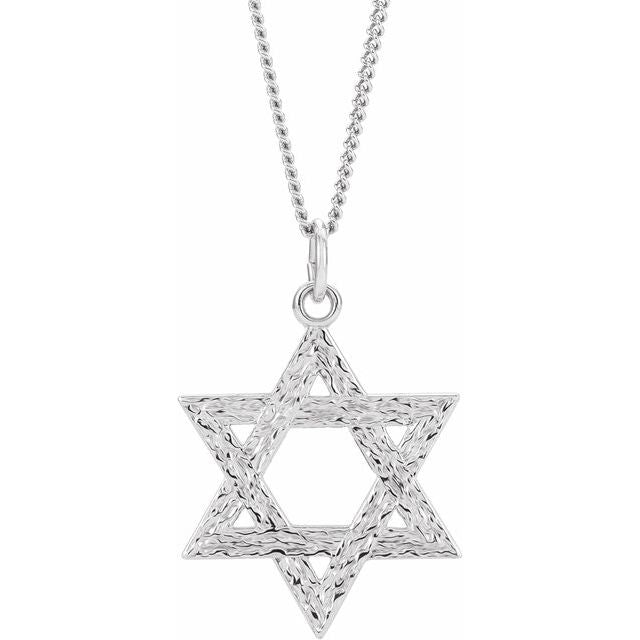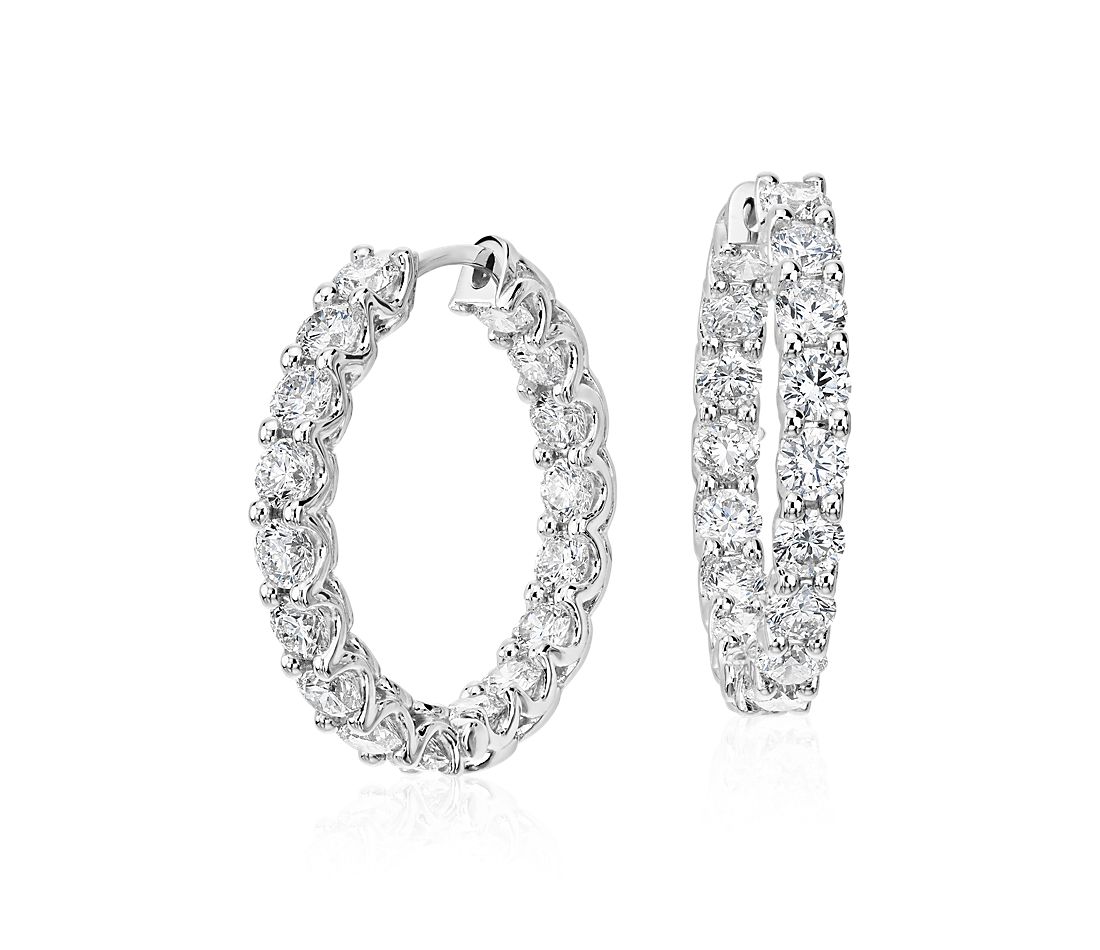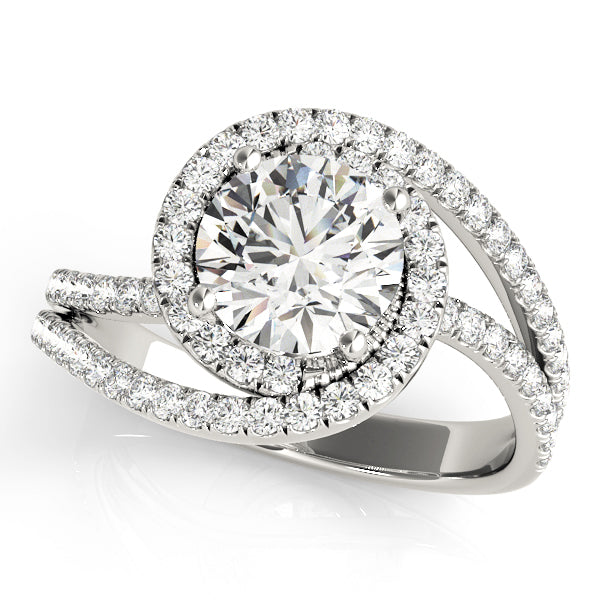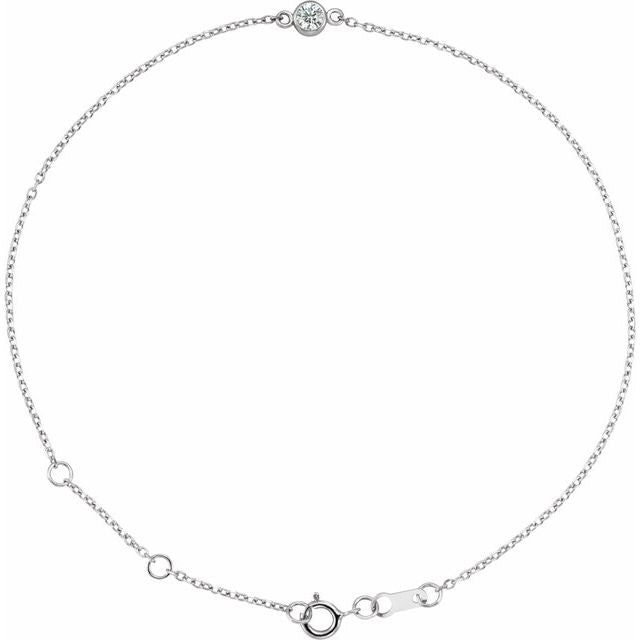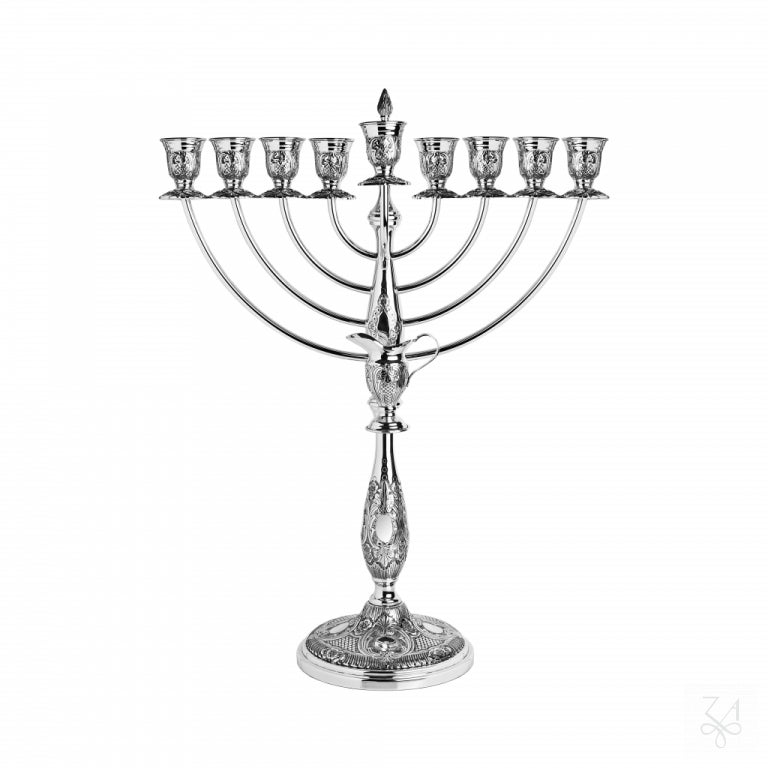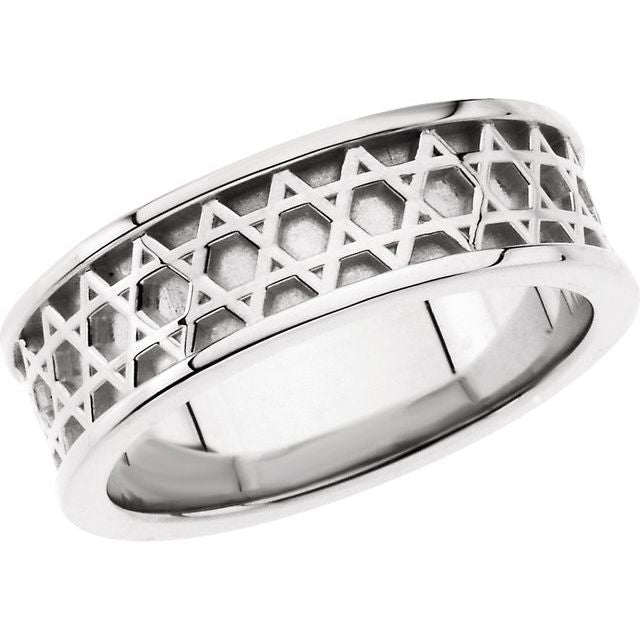Introduction
Silver jewelry has adorned human bodies for over 6,000 years, standing the test of time through changing fashion trends, cultural shifts, and technological advancements. From ancient civilizations to modern-day fashionistas, silver continues to captivate with its lustrous appeal and versatile nature. According to the Silver Institute, global silver jewelry demand reached 212.5 million ounces in 2021, representing a significant portion of overall silver consumption worldwide.
This enduring popularity isn't merely coincidental—it stems from silver's unique properties and rich cultural significance that transcend generations. In this comprehensive guide, we'll explore the five fundamental reasons why silver jewelry remains timeless, backed by research, statistics, and expert insights.
1. Unmatched Versatility Across Styles and Occasions
Silver's remarkable versatility stands as one of its most compelling attributes, allowing it to seamlessly integrate into virtually any wardrobe or occasion. Unlike gold, which sometimes carries associations with specific settings or formality levels, silver transitions effortlessly between casual and formal environments.
Cross-Cultural Appeal
Silver jewelry enjoys universal appeal across diverse cultural backgrounds. A global consumer survey conducted by McKinsey & Company revealed that 78% of jewelry consumers own at least one piece of silver jewelry, regardless of their cultural background or geographic location. This cross-cultural appreciation stems from silver's neutral tone that complements all skin types and its ability to incorporate into various cultural design traditions.
Trend-Defying Adaptability
While fashion trends evolve rapidly, silver jewelry maintains its relevance by adapting to contemporary aesthetics while preserving its essential character. According to fashion industry analysts at WGSN, silver jewelry has shown remarkable staying power through numerous trend cycles over the past five decades.
Jewelry designer Elena Brennan notes: "Silver serves as the perfect canvas for both minimalist and elaborate designs. Its neutrality allows it to complement any outfit while its malleability enables craftspeople to create everything from sleek contemporary pieces to intricate traditional designs."
Style Versatility Statistics
Recent market research by Grand View Research demonstrates silver's versatility:
-
92% of jewelry retailers report that silver pieces are purchased for both everyday wear and special occasions
-
68% of silver jewelry purchases are made for personal use rather than as gifts, indicating its practical versatility
-
The average consumer owns 5.4 pieces of silver jewelry, compared to 2.3 pieces of gold jewelry
2. Exceptional Value Proposition
In an era of economic consciousness and thoughtful purchasing, silver jewelry presents an outstanding value proposition that appeals to discerning consumers across income brackets.
Accessibility Without Compromise
Silver's accessibility represents one of its most democratic qualities. With gold prices hovering around $1,800-$2,000 per ounce in recent years, high-quality gold jewelry remains inaccessible to many consumers. Silver, trading at approximately $25-30 per ounce, offers an affordable alternative without sacrificing aesthetic appeal or craftsmanship quality.
According to a 2022 consumer spending analysis by Statista, the average consumer can purchase 8-10 pieces of designer silver jewelry for the price of a single gold counterpart with similar design complexity. This accessibility has contributed significantly to silver's market resilience during economic downturns.
Investment Value
While less expensive than gold, silver jewelry still maintains respectable investment characteristics. The International Silver Association reports that high-quality silver jewelry typically retains 60-70% of its purchase value over time, particularly pieces from reputable designers or those with cultural or historical significance.
Cost-Effective Craftsmanship
Silver's lower material cost allows artisans and designers to focus investment on craftsmanship rather than raw materials. Jewelry industry expert Michael Peterson explains: "With silver, designers can create more intricate and labor-intensive pieces at accessible price points. The same design executed in gold might be prohibitively expensive for most consumers."
3. Health Benefits and Hypoallergenic Properties
Beyond its aesthetic appeal, silver offers practical benefits that contribute significantly to its enduring popularity.
Antimicrobial Properties
Silver's natural antimicrobial properties have been documented extensively in scientific literature. According to research published in the Journal of Applied Microbiology, silver ions can inhibit the growth of bacteria and fungi, potentially reducing skin infections associated with jewelry wear.
These antimicrobial qualities made silver particularly valuable in historical medical applications, and they continue to provide practical benefits for modern jewelry wearers. A 2021 consumer health survey found that 43% of respondents were aware of silver's antimicrobial properties, and 28% cited this as a factor in their purchasing decisions.
Hypoallergenic Nature
Pure silver (999 fine silver) and sterling silver (925 silver) are considered hypoallergenic for most individuals. The Dermatological Association's 2022 report on skin allergies indicates that only approximately 1.5% of the population experiences allergic reactions to silver, compared to nearly 11% who experience reactions to nickel, which is commonly present in costume jewelry.
For individuals with sensitive skin or metal allergies, silver offers an accessible precious metal option that minimizes the risk of irritation or allergic response. This hypoallergenic quality makes silver particularly popular for everyday jewelry pieces that maintain prolonged contact with the skin.
Wellness Trends
The growing interest in wellness and natural health remedies has further enhanced silver's appeal. While scientific evidence remains limited, traditional wellness practices in multiple cultures attribute health benefits to wearing silver, including improved circulation and reduced inflammation.
4. Sustainability and Ethical Advantages
In an era of increasing environmental and ethical consciousness, silver's sustainability profile enhances its appeal to socially responsible consumers.
Recycling Efficiency
Silver boasts impressive recycling credentials. According to the Silver Institute's sustainability report, approximately 20% of global silver demand is met through recycled sources, reducing environmental impact associated with mining. Silver can be recycled indefinitely without quality degradation, making it an environmentally responsible choice for eco-conscious consumers.
Environmental scientist Dr. Laura Chen notes: "Unlike many consumer products, silver jewelry can remain in circulation for generations through recycling processes. This circular economy approach significantly reduces the environmental footprint compared to constantly extracting new raw materials."
Lower Environmental Impact
Compared to gold mining, silver extraction typically produces a smaller environmental footprint per unit. A comprehensive life-cycle assessment conducted by Environmental Resources Management found that silver mining generates approximately 38% fewer greenhouse gas emissions per ounce than gold mining when accounting for typical ore concentrations and extraction methods.
Ethical Sourcing Options
The silver supply chain has seen significant developments in ethical sourcing initiatives. Organizations like the Responsible Jewellery Council and Fairmined have established certification programs that enable consumers to purchase silver jewelry with assurance regarding labor practices and environmental standards.
Market research by Nielsen indicates that 73% of millennial consumers are willing to pay premium prices for products with transparent and ethical supply chains, including jewelry. This trend has encouraged many silver jewelry brands to adopt rigorous sourcing standards and transparency practices.
5. Rich Cultural Heritage and Symbolic Significance
Silver's profound cultural history adds layers of meaning that transcend mere adornment, contributing significantly to its timeless appeal.
Historical Significance
Silver holds deep historical significance across diverse civilizations. Archaeological discoveries reveal silver jewelry from ancient Mesopotamia dating back to 4000 BCE, while ancient Egyptian, Greek, and Roman artifacts demonstrate silver's consistent presence in human adornment throughout recorded history.
Anthropologist Dr. Samantha Wong explains: "Silver has been associated with lunar deities, purification rituals, and protection across numerous cultures. This consistent symbolic language spanning millennia continues to resonate with contemporary consumers, often unconsciously."
Cultural Symbolism
Silver carries distinct symbolic meanings across various cultures:
-
In Western traditions, silver symbolizes purity, clarity, and reflection
-
In many Eastern cultures, silver is associated with emotional balance and feminine energy
-
Native American traditions connect silver with protection against negative energy
-
In Hindu traditions, silver represents the moon and cooling energies
This rich tapestry of symbolism adds depth to silver jewelry beyond its aesthetic qualities. According to cultural consumer research by Ipsos, 67% of jewelry consumers report that symbolic meaning influences their purchasing decisions.
Heirloom Quality
Silver jewelry frequently becomes family heirlooms, passed through generations with accumulated meaning and personal history. Unlike trendy fashion accessories that quickly become dated, well-crafted silver pieces maintain relevance across decades.
Jewelry historian Elizabeth Morgan notes: "The patina that develops on silver over years of wear tells a story that resonates with our desire for authenticity and connection. Each mark and subtle darkening represents a moment in the wearer's life, creating an emotional bond that transcends the piece's material value."
The Science Behind Silver's Enduring Appeal
The timeless nature of silver jewelry isn't merely subjective—it's grounded in scientific properties that ensure its lasting appeal.
Optimal Light Reflection
Silver possesses the highest reflectivity of any metal, reflecting approximately 95% of the visible light spectrum. This exceptional reflective quality creates the distinctive luminous appearance that makes silver jewelry particularly flattering in various lighting conditions.
Materials scientist Dr. Robert Chen explains: "Silver's atomic structure creates a unique interaction with light that produces its characteristic cool luster. This reflective property enhances the wearer's appearance by creating subtle illumination around the face and body."
Malleability and Design Potential
Silver's atomic structure grants it extraordinary malleability—it can be drawn into wire five times thinner than human hair or hammered into sheets so thin they appear translucent. This exceptional workability allows artisans to achieve intricate details and delicate designs impossible with many other materials.
According to the Craft Council's technical report on jewelry materials, silver's malleability index is 44% higher than gold and 126% higher than platinum, permitting more complex design execution at lower labor costs.
Aging Characteristics
Unlike many materials that degrade with age, silver develops a desirable patina that many collectors and enthusiasts actively seek. This natural oxidation process creates depth and character that enhances rather than diminishes the piece's appeal, contributing to silver's timeless quality.
Caring for Silver Jewelry: Ensuring Timeless Beauty
To maintain silver jewelry's timeless appeal, proper care is essential. Following these expert recommendations will preserve your silver pieces for generations:
Proper Storage
Store silver jewelry in anti-tarnish bags or cloth-lined jewelry boxes to minimize exposure to air and humidity, which accelerate oxidation. Avoid storing multiple pieces together without protection, as scratching can occur.
Cleaning Techniques
For routine cleaning, a microfiber polishing cloth effectively removes light tarnish and restores shine. For deeper cleaning, mild soap and warm water followed by thorough drying is recommended. Commercial silver polishes can address stubborn tarnish but should be used sparingly to preserve any intentional antiquing or design details.
Wearing Considerations
Remove silver jewelry before swimming, bathing, or engaging in activities involving chemicals, including household cleaning. Chemicals in pools, hot tubs, and cleaning products can accelerate tarnishing and potentially damage the metal.
Apply perfumes, lotions, and cosmetics before putting on silver jewelry, as these products may contain compounds that react with silver.
Contemporary Trends in Silver Jewelry
While silver jewelry maintains its timeless appeal, contemporary designers continue to innovate within this traditional medium:
Sustainable and Ethical Focus
Emerging designers increasingly emphasize recycled silver and transparent sourcing. According to jewelry industry publication JCK, collections featuring certified recycled silver saw a 156% sales increase between 2019 and 2022.
Technological Integration
Innovative techniques like 3D printing and computer-aided design have expanded silver jewelry's design possibilities. These technologies enable previously impossible geometric precision and structure while maintaining silver's traditional appeal.
Minimalist Revival
Recent years have seen a resurgence of minimalist silver jewelry designs that emphasize clean lines and subtle impact. Market research by Business of Fashion indicates that searches for "minimalist silver jewelry" increased 78% year-over-year in 2022.
Conclusion
Silver jewelry's timeless appeal stems from a perfect convergence of practical benefits, aesthetic versatility, cultural significance, and inherent value. From its unmatched versatility and exceptional value proposition to its health benefits, sustainability advantages, and rich cultural heritage, silver continues to captivate jewelry enthusiasts across generations.
As trends come and go, silver jewelry maintains its position as a wardrobe staple that transcends fashion cycles. Whether in the form of delicate everyday pieces or bold statement designs, silver's lustrous presence in the jewelry landscape appears secured for generations to come.
For consumers seeking to build a jewelry collection with lasting relevance, silver pieces represent not merely accessories but investments in timeless beauty and self-expression.



